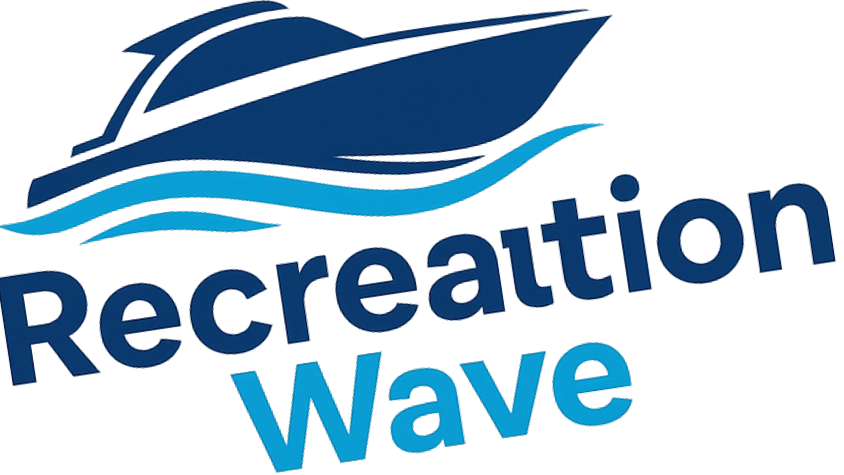
Killer Whales: Nature's Apex Predators in Action
Off the stunning coast of Portugal, a recent incident has captured the world's attention, emphasizing the fascinating yet dangerous capabilities of killer whales, or orcas. Known for their intelligence and social structures, orcas have displayed a learned behavior that’s now alarming mariners. In a striking video, three orcas aggressively attacked a small vessel, precisely targeting its rudder until it detached, forcing the boat to sink slowly. Thankfully, the crew remained unharmed, and they were able to be towed back to safety.
The Power of Orcas
Orcas, the largest members of the dolphin family, can weigh over 10,000 pounds and reach speeds of 35 miles per hour. The force generated during their attacks has been likened to being hit by two giant SUVs! This incident is particularly intriguing as the orcas are known for their friendly behavior around humans, and they have never been documented attacking humans in the wild. Their predatory skills, however, are well-documented, particularly against great white sharks, which they can hunt down seamlessly.
How These Attacks Started
The intimidating behavior displayed by these orcas is not random. These attacks first emerged in 2020 in the Strait of Gibraltar, and it appears to be a behavior instigated by a specific female orca known as "White Gladis." It is believed that she has taught other orcas in her pod to ram boats and dislodge their rudders, perhaps as a response to a traumatic event or simply as part of their playful interactions. Whatever the reason, this learned behavior is beginning to spread among orca pods in the region, raising concerns among boaters.
The Emotional Journey of Encountering Orcas
For adventurers and water sports enthusiasts alike, the prospect of encountering orcas can be both thrilling and terror-inducing. Imagine being out at sea, feeling the sun on your skin, and then suddenly, a pod of orcas appears, demonstrating their majestic beauty and raw power. However, with this encounter comes the reality of the strength these creatures possess. Knowing how to respect marine life and understanding their behaviors can enrich your ocean adventures.
Safety First: What to Know Before Heading Out
As incredible as they are, it’s essential to recognize the risks associated with orca encounters. If you're planning a trip along the coast of Portugal or anywhere orcas are known to roam, staying informed is key. Always keep a safe distance and observe them from your boat, never approaching too closely. Educate yourself about boat safety and have all necessary gear on board, including flares and life vests. Being prepared not only ensures your safety but also contributes to the well-being of these magnificent creatures.
Gaining Perspectives on Ocean Life
Stories like these offer us valuable insights into the behavior of ocean life and the importance of sustainable practices. As we venture into marine environments, it's vital to prioritize respect for wildlife. Cultivating a bond with nature by understanding its dynamics fosters a sense of community among water sports enthusiasts. Remember that we share this planet with these apex predators, and our responsibility is to coexist harmoniously.
Take Action: Embrace Adventure Responsibly
The thrilling chase we experience in our love for water sports is a call to action—let’s ensure we embrace adventure responsibly! Before you head out for your next ocean escapade, take the time to educate yourself on marine wildlife, sustainable boating practices, and safety measures. Not only does this benefit our environment, but it also ensures that your aquatic adventures remain safe and enjoyable.
If you're passionate about water sports and want to stay updated on the latest news and safety tips, make sure to follow our articles for more insights. Join the community of thrill-seekers who value adventure and respect for nature!
 Add Row
Add Row  Add
Add 




Write A Comment